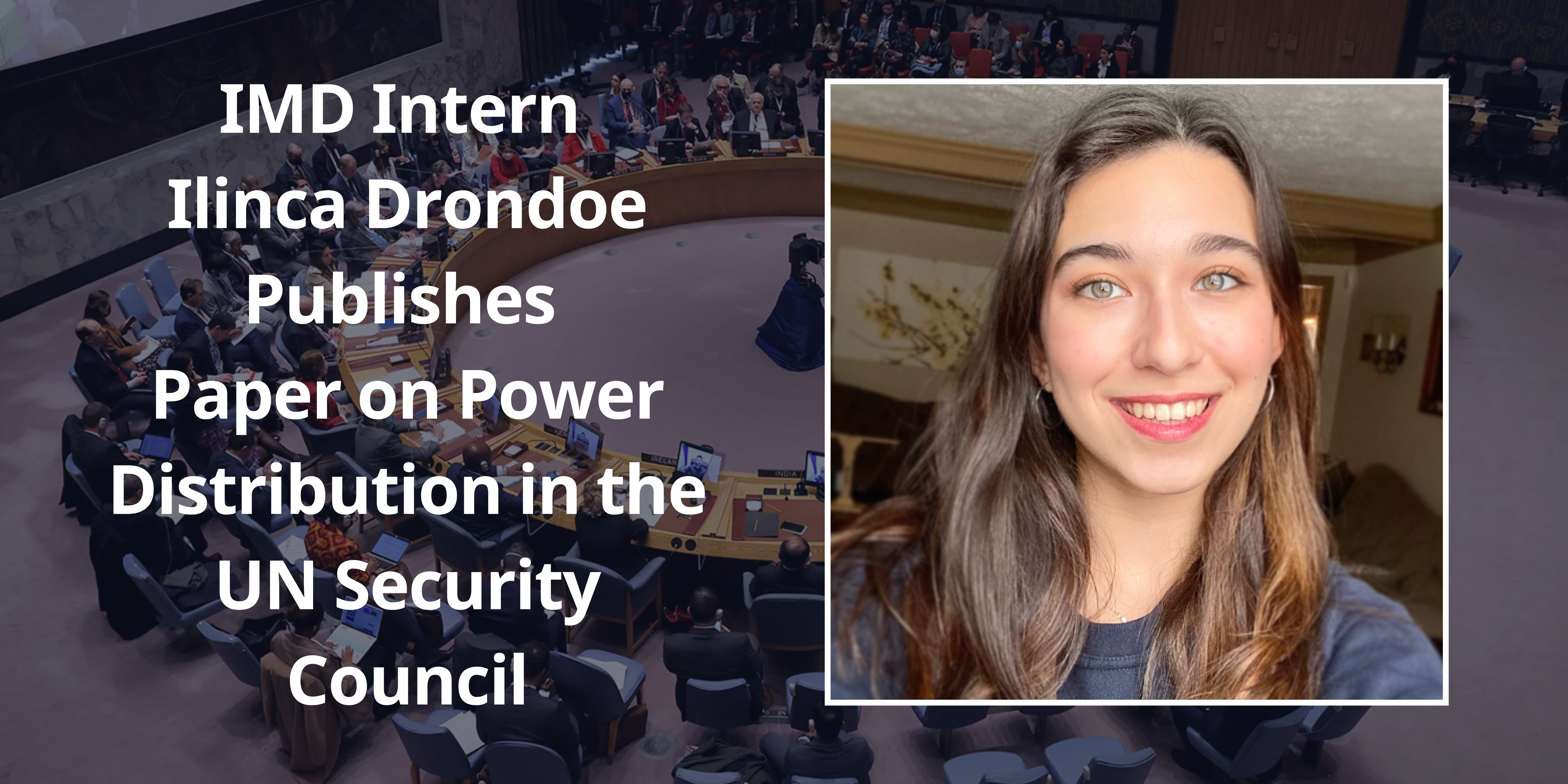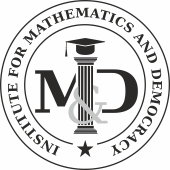IMD Intern Ilinca Drondoe’s Paper on Power Distribution in the UN Security Council
IMD intern Ilinca Drondoe has released a paper studying the extent of power imbalances in the United Nations Security Council and analyzing various proposals for reform. The UNSC, made up of fifteen member states, five permanent and ten elected on a yearly or biyearly basis, requires nine affirmative votes to pass resolutions. However, any of the permanent members can veto any resolution to prevent passage. Thus, within the UNSC, member states have vastly different levels of decision making power. The paper, which examines these imbalances and potential changes to the UNSC’s structure, can be found here.
See the abstract below.
We analyze various proposals for reforming the United Nations Security Council from the game-theoretic viewpoint of quantification of power. We calculate the decision-making power of the UNSC members under each proposal using Banzhaf and Shapley-Shubik indices. Utilizing these measures, we assess how seven different reform proposals would influence the power distribution among permanent and non-permanent members and find that Weak Veto proposal is the most effective in giving non-permanent members increased influence while the African Union proposal is the best for achieving equity among regional blocs. We also provide a self-contained mathematical exposition of Banzhaf and Shapley-Shubik power indices.



